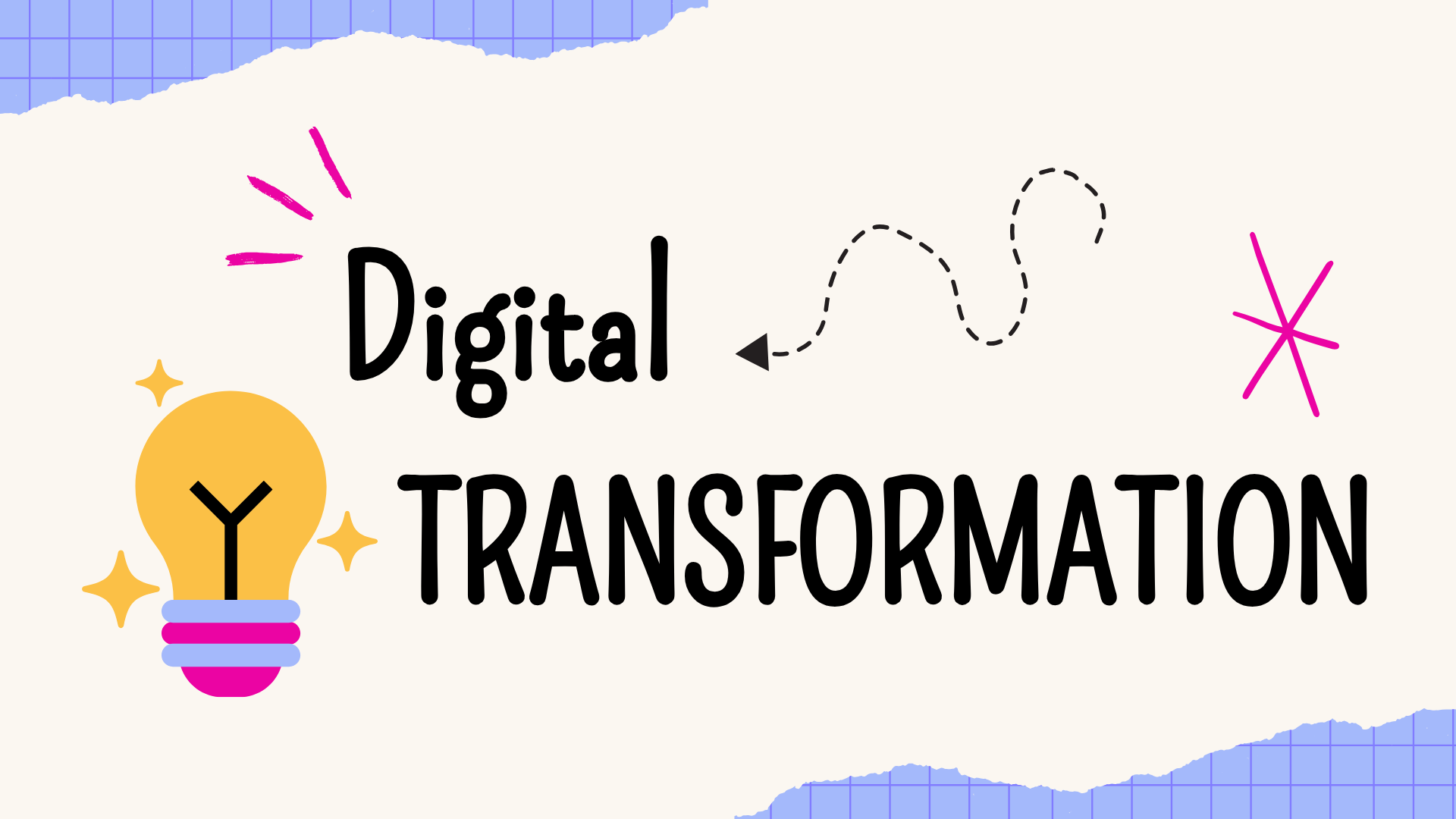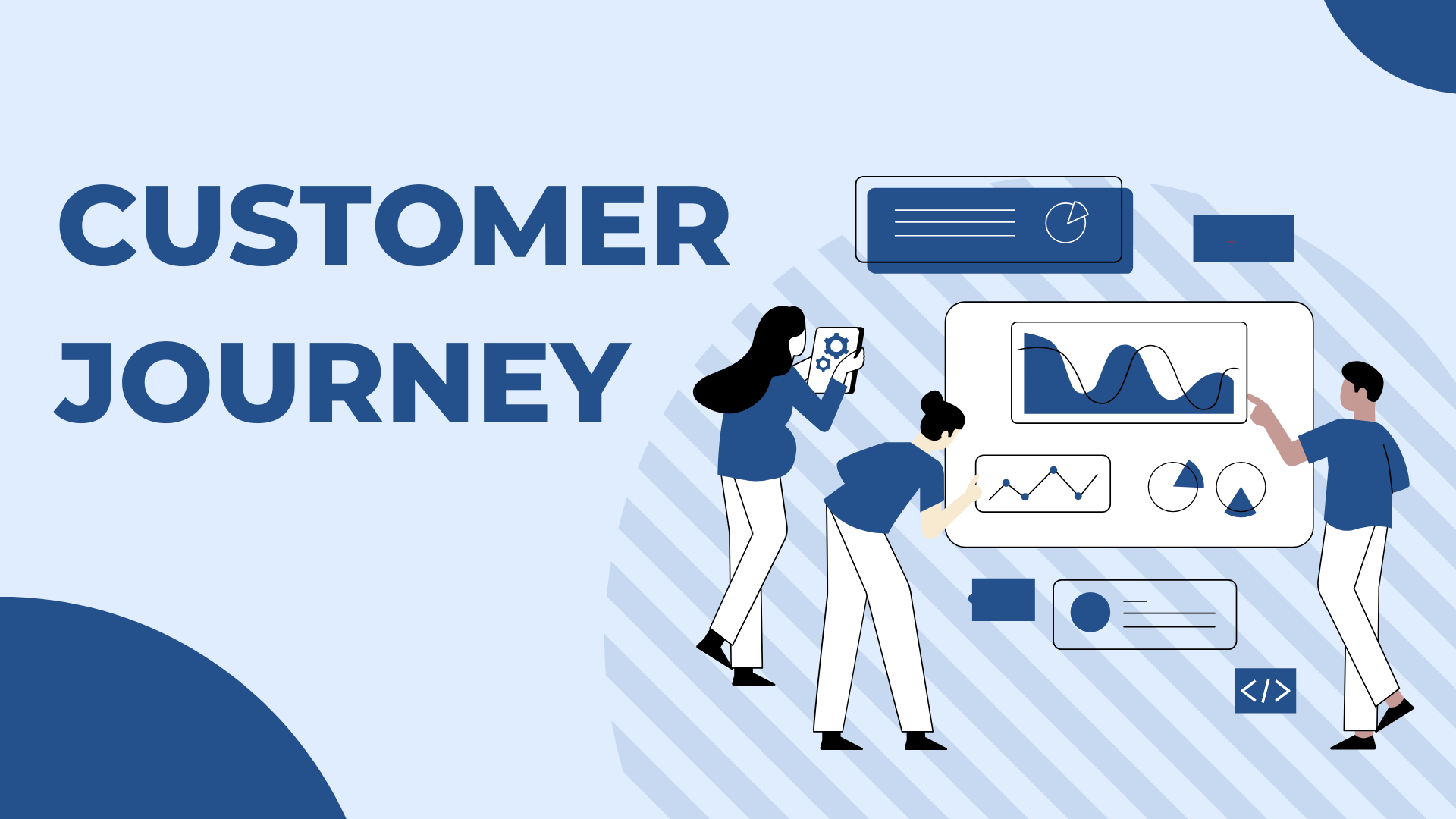 HARO Backlinks – Get Cited Like a Pro in Top Media!
HARO Backlinks – Get Cited Like a Pro in Top Media!
How Data Analytics Shapes Modern Customer Experiences
Written by Richard Duke » Updated on: June 17th, 2025

We surely live in an era when customers expect businesses to understand their needs, sometimes even before they realize the need for something themselves.
As buying becomes less about what consumers buy and more about how companies take personalization to a whole new level, organizations are arming themselves with data and analytics for customer experience transformation, not just during the research and purchase phases, but across all touchpoints, including shipping, returns, and post-sales service—data has become the true differentiating factor in customer experience delivery.
This blog delves into how data analytics shapes modern CX strategies
The Role of Data in CX
The journey to enhancing customer experience begins with understanding customers—what they want, how they behave, and what challenges they face. However, this understanding is impossible without data.
Personalization: Meeting Expectations with Precision
One of data analytics' most notable achievements is its capacity to drive large-scale personalization. Today's customers expect firms to understand and respond to their specific needs. Data analytics facilitates this through:
- Segmentation and Targeting: Analytics enables organizations to separate clients into relevant segments based on a variety of characteristics. For example, a streaming platform may categorize viewers based on their genre tastes and propose movies tailored to each segment.
- Brands use data to improve messaging: For example, banks can create personalized emails that provide financial advise based on a customer's purchasing history.
Predictive Analytics: Identifying trends and patterns
With the help of real-time analytics, organizations can identify patterns, trends, challenges, and, most importantly, the correlation in customer data, allowing CX leaders to understand individual customer needs and preferences better. The technology allows the data to be mined and spot patterns and trends through analytics, channeling more interaction around the brand, and with more and more interactions across many different platforms, organizations can leverage the opportunities to tailor their experiences better.
Let’s take an example of a popular cosmetic brand Glossier, which uses artificial intelligence (AI) to turn data on product return patterns into opportunities for better personalization and to improve the online shopping experience.
Following a spike in returns, the brand traced the reason to one particular shade of lipstick, which was often exchanged for a lighter shade. The data on which products were returned and why helped Glossier optimize the website’s color-matching technology, making the experience more personalized and boosting business.
Real-Time Decision-Making: Agility in Action
As customer expectations change frequently, the ability to make quick decisions has become important. Applications include:
- Dynamic pricing
Airlines and ride-hailing services alter prices based on real-time demand and supply to maximize income while remaining competitive. - Responsive Customer Support
Chatbots and AI-powered technologies employ real-time data to deliver immediate, relevant support, lowering response times and increasing customer satisfaction. - Operational Efficiency
Real-time insights into processes such as delivery tracking and in-store foot activity enable firms to optimize operations and improve the customer experience.
Overcoming Challenges: Data Privacy and Trust
While data analytics unlocks numerous possibilities, it also raises questions about privacy and trust. Customers pay a close attention to how their data is used, and businesses must address these concerns to maintain credibility. Key strategies include:
- Transparency in Data Practices
Clearly communicate how customer data is collected, stored, and used. Adopting privacy frameworks like GDPR and CCPA ensures compliance and builds trust. - Secure Data Handling
Implement robust security measures to protect customer data from breaches and regular audits are essential. - Consent-Driven Data Collection
Obtain explicit consent from customers before gathering data, ensuring they feel in control of their information.
By prioritizing ethical data use, businesses can build lasting relationships based on trust.
Also Read: The Role of Data Analytics in Crafting Superior CX
Final Words
Data analytics is more than a tool; it is a critical component of modern customer experience initiatives. Businesses can use analytics to translate raw data into useful insights, allowing them to personalize experiences. However, as we explore the role of data analytics in CX, it’s important that CX leaders take action and begin using the data available, gaining valuable insights that can prompt alerts and guide swift action to improve customer experiences through a customer data platform. Here, partnering with a customer experience consulting company become the foundation to link CX to value and to build clear business cases for CX improvement.
Note: IndiBlogHub features both user-submitted and editorial content. We do not verify third-party contributions. Read our Disclaimer and Privacy Policyfor details.
Copyright © 2019-2025 IndiBlogHub.com. All rights reserved. Hosted on DigitalOcean for fast, reliable performance.
















